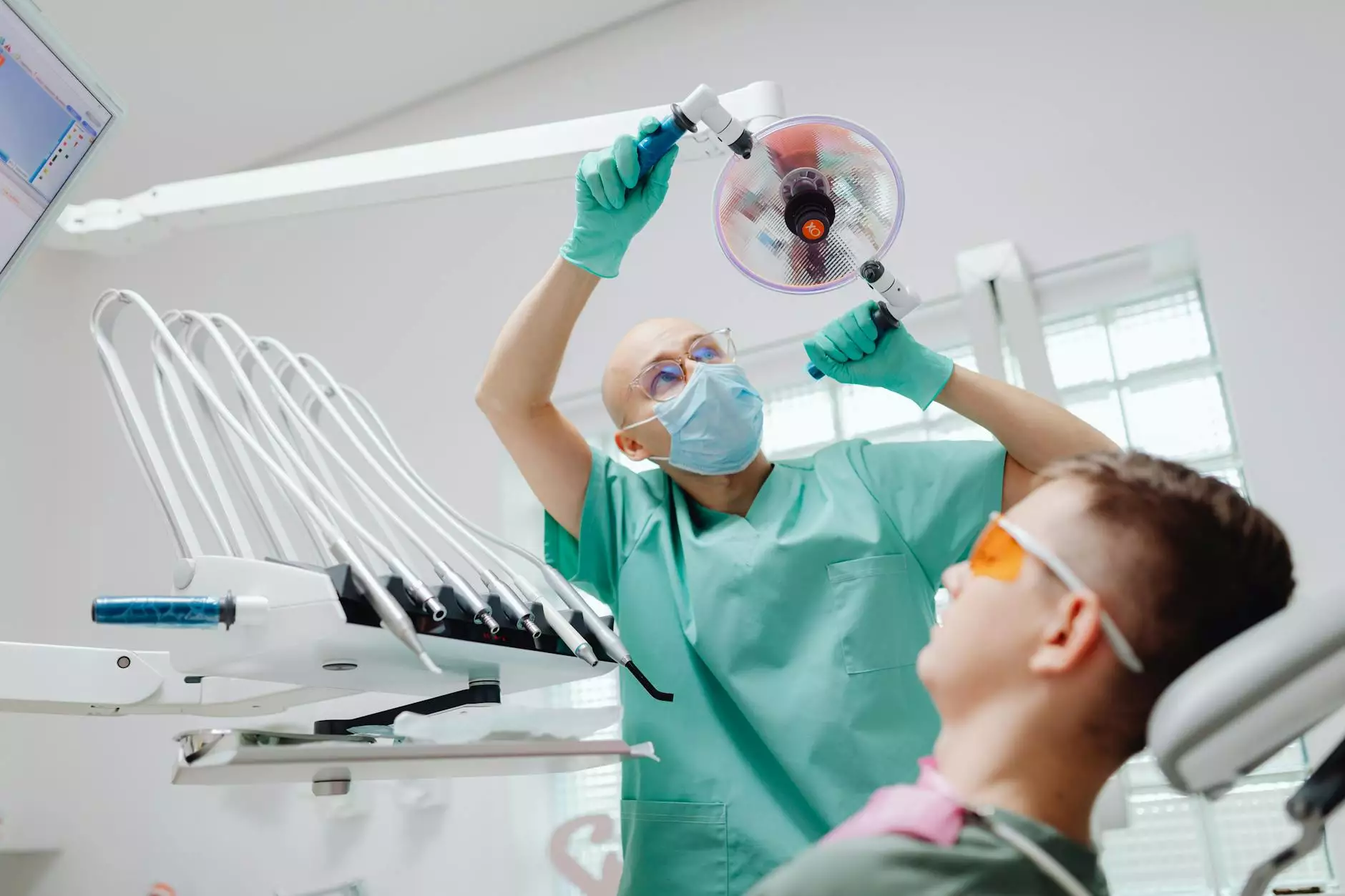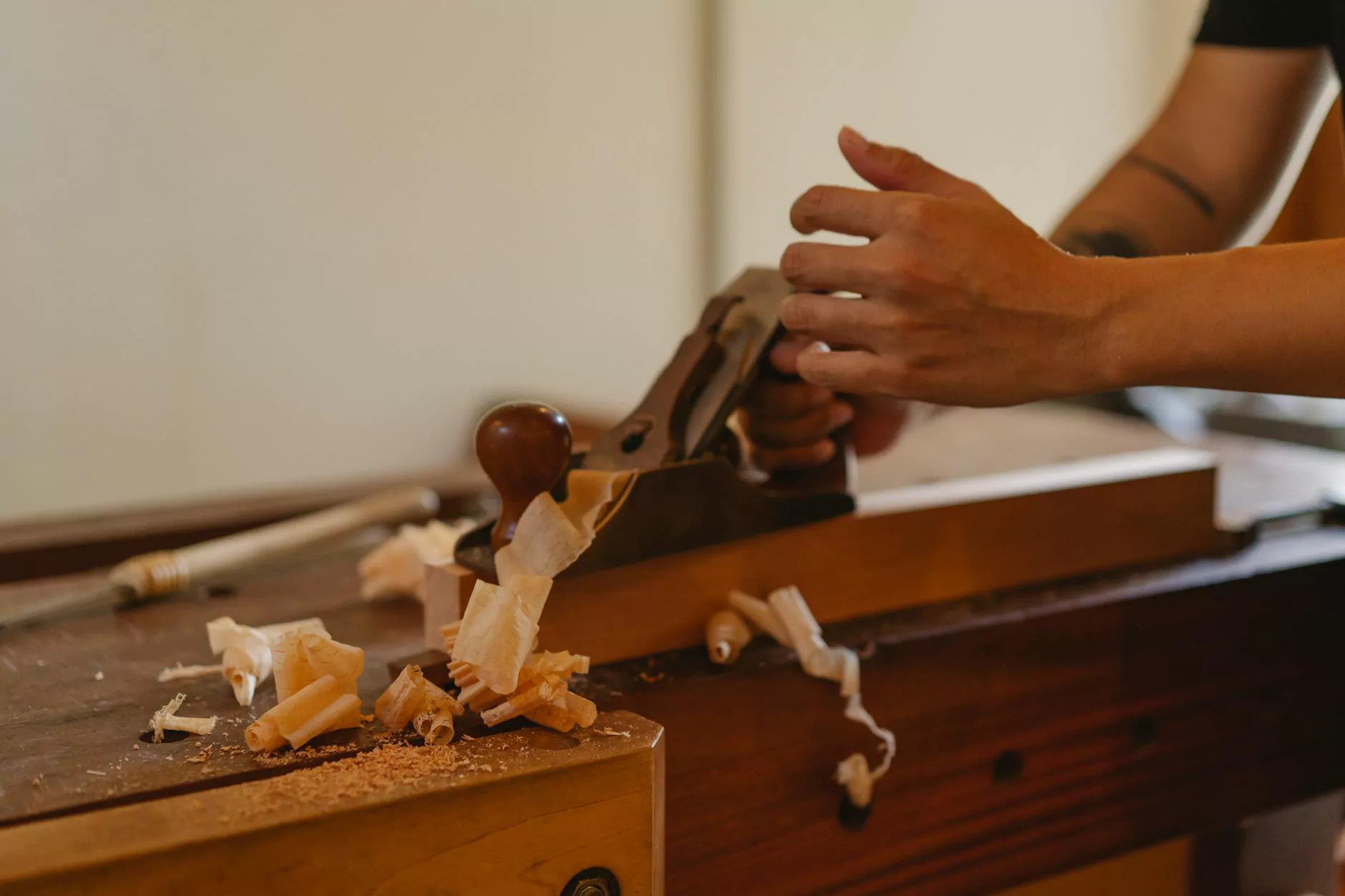The Ultimate Guide to Retractor Surgical Instruments

Introduction to Retractor Surgical Instruments
Retractor surgical instruments play a pivotal role in the field of medicine, especially within the surgical environment. These specialized tools are designed to hold back tissues, organs, and other structures during medical procedures, allowing surgeons to have a clear view of the surgical site.
With advancements in technology and an increasing emphasis on precision medicine, the design and functionality of retractor surgical instruments have evolved significantly. This article delves deep into the world of retractors, covering their types, uses, significance in surgery, and innovations shaping their future in healthcare.
What Are Retractor Surgical Instruments?
In essence, retractor surgical instruments are tools used to expose surgical areas by holding back tissues. They can be classified into two primary categories: handheld retractors and self-retaining retractors.
Handheld Retractors
Handheld retractors require a surgical assistant to hold them in place. They are ideal for procedures where the surgeon needs to maintain a degree of freedom and flexibility. Common examples include:
- Deaver Retractor: A curved retractor that effectively exposes the abdominal cavity.
- Richardson Retractor: Known for its versatile use in both abdominal and thoracic surgeries.
- Army-Navy Retractor: A dual-ended tool with different widths for various surgical applications.
Self-Retaining Retractors
Self-retaining retractors, on the other hand, are designed to hold themselves in place, allowing for free use of both hands by the surgeon. These are particularly advantageous for lengthy procedures. Examples include:
- Balfour Retractor: Widely used in abdominal surgeries, this retractor opens up the peritoneal cavity effectively.
- Bookwalter Retractor: A versatile system that can be adapted for many different surgical sites, providing excellent exposure.
- Weitlaner Retractor: Often used in orthopedic procedures to maintain exposure of the surgical field without assistance.
Importance of Retractor Surgical Instruments in Surgery
The significance of retractor surgical instruments extends beyond mere visibility during a procedure. Their importance can be summarized in the following points:
- Enhanced Visibility: They provide a clear view of the surgical field, which is essential for precision and accuracy.
- Reduced Surgical Time: By allowing surgeons to focus on the procedure without needing to constantly maintain retraction, the overall time spent in surgery can be reduced.
- Improved Surgical Outcomes: Greater visibility and accessibility can lead to fewer complications and better patient outcomes.
- Comfort for the Surgical Team: Effective use of retractors allows for more ergonomic postures and reduced fatigue for surgical assistants.
Common Procedures Utilizing Retractor Surgical Instruments
Retractor surgical instruments are indispensable in numerous medical fields, including:
General Surgery
From appendectomies to hernia repairs, retractors are used extensively in general surgery. They help in exposing the abdominal cavity, allowing surgeons to perform procedures with enhanced visibility.
Orthopedic Surgery
Orthopedic procedures often require access to deep structures. Retractors like the Weitlaner provide the necessary exposure while maintaining stability and safety.
Cardiothoracic Surgery
In cardiothoracic surgeries, retractors such as the rib-spreader or sternal retractor are crucial for accessing the heart and lungs, providing a wide field for complex procedures.
Neurosurgery
In neuro-surgical procedures, retractors are used to carefully hold back delicate tissues without causing damage, ensuring that the surgical team has an unobstructed view of the brain and surrounding structures.
Materials and Technology Behind Retractor Surgical Instruments
Material Composition
Retractors are typically made from materials that offer durability, corrosion resistance, and biocompatibility. The most common materials include:
- Stainless Steel: Known for its strength and resistance to staining, making it the preferred choice for most surgical instruments.
- Titanium: Lightweight and exceptionally strong, titanium retractors are ideal for use in sensitive surgeries.
- Plastic or Composite Materials: Often used for single-use retractors, which helps to minimize infection risk and promote sterile conditions.
Technological Innovations
The development of retractors is continually evolving, incorporating advanced technologies such as:
- Robotic-Assisted Surgery: Some retractors are designed to work seamlessly with robotic surgical systems, enhancing precision during operations.
- Adjustable and Modular Designs: Innovations have led to the creation of retractors that can be adjusted or modified to fit various procedural requirements.
- Ergonomic Features: Modern retractors often include ergonomic grips and handle designs that reduce fatigue and enhance usability during lengthy surgeries.
Choosing the Right Retractor Surgical Instruments
Selecting the appropriate retractor depends on several factors:
Procedure Type
Different procedures require specific types of retractors. For example, for abdominal surgeries, a Balfour retractor is often ideal, while orthopedic surgeries might rely on the Weitlaner style.
Surgeon Preference
Surgeons may have preferences based on their experiences and comfort in using particular types of retractors. It’s crucial for surgical teams to be equipped with a variety to meet diverse needs.
Patient Considerations
Factors such as the patient’s body type, age, and specific medical history should also guide the choice of retractor, ensuring safety and effectiveness during the procedure.
Maintaining Retractor Surgical Instruments
Cleaning and Sterilization
Proper maintenance is crucial to ensure the longevity and functionality of retractor surgical instruments. This includes:
- Pre-Cleaning: Instruments should be rinsed immediately after use to remove biological matter.
- Washing: Use a soft brush and approved cleaning solutions to thoroughly clean the instruments.
- Sterilization: Following cleaning, instruments must be sterilized using appropriate methods such as autoclaving or chemical sterilization to eliminate pathogens.
Inspection for Damage
Regularly inspecting retractors for signs of wear, corrosion, or malfunction is important. Any damaged instruments should be promptly repaired or replaced to ensure patient safety.
The Future of Retractor Surgical Instruments
The future of retractor surgical instruments looks promising, with ongoing advancements in design and functionality. We can expect to see:
- Smart Retractors: Integration of sensor technologies to provide real-time data on positioning and tissue tension.
- 3D Printing: Customizable retractors tailored to individual patient anatomies.
- Sustainable Materials: Development of eco-friendly materials that maintain efficacy while minimizing environmental impact.
Conclusion
In summary, retractor surgical instruments are a fundamental part of modern surgical practice, contributing greatly to the field of healthcare. Their ability to enhance visibility, reduce surgical time, and improve outcomes is unmatched. As advancements continue to shape their design and functionality, the future holds even greater promise for these vital tools in the surgical suite. For healthcare professionals looking for reliable medical supplies, the right choice in retractors can significantly influence procedural success and patient well-being.
For quality medical supplies and innovative surgical instruments, explore the offering at new-medinstruments.com, where precision and reliability meet the highest standards in healthcare supply.









